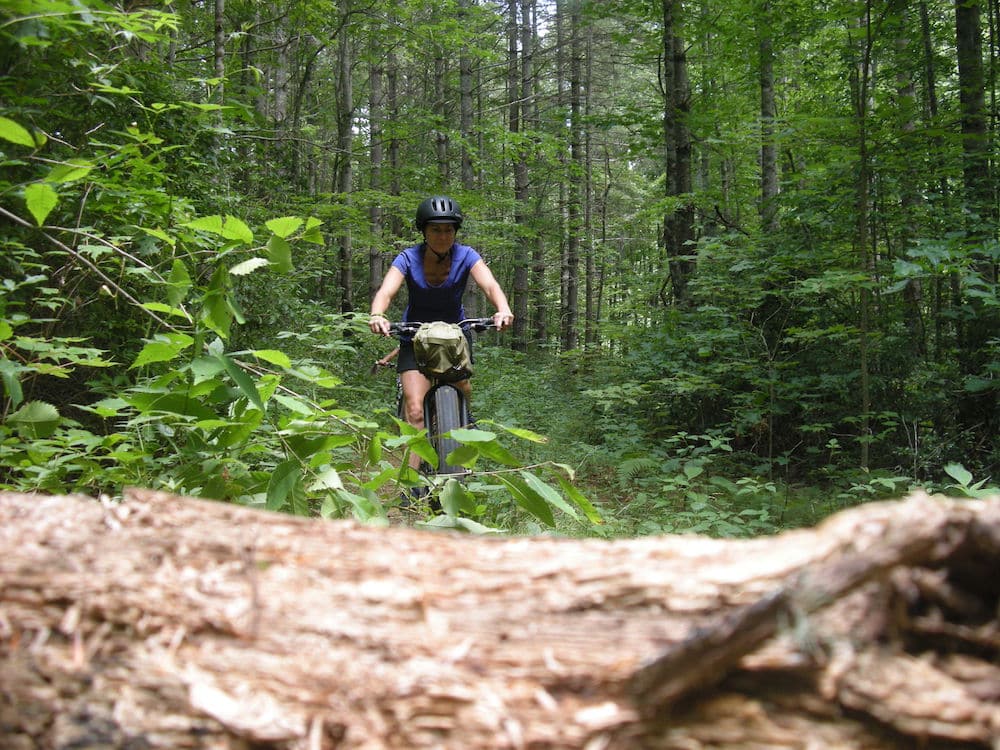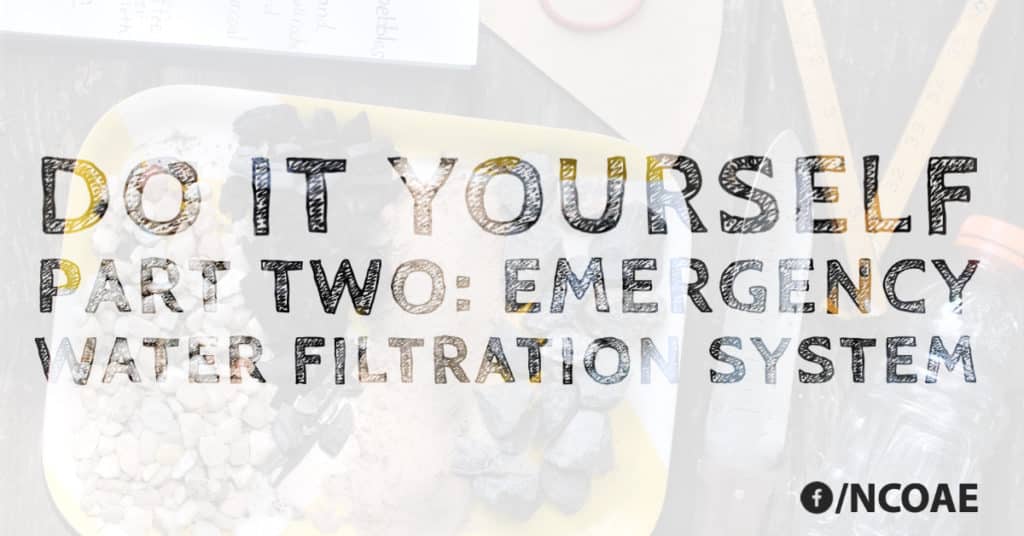Running as Exploration? Re-ignite Your Inner Beginner — Part 2
NCOAE RecommendsFrancis Bacon, the Renaissance statesman and philosopher best known for his promotion of the scientific method, is credited with the expression, “Knowledge is power.” But to those of us who prefer to see a world bathed in fresh new adventures, knowledge can actually be a curse.
Here at The National Center for Outdoor & Adventure Education (NCOAE), we encourage our students to take an adventure first / educational always approach to discovering new experiences; to become beginners at something fresh. Attempting something new promotes a growth mindset. It reminds us to reflect on our education expertise and empathize with those we teach and lead on first-time adventures. And it keeps us from getting stale.
In this, the second installment of the benefits associated with discovering new human-powered outdoor challenges, we’d like to introduce Christine Fantini, who has toiled for years in our industry as a guide and outdoor educator. For a good chunk of her career, Christine was a sailing instructor in Massachusetts, eventually becoming director of sailing programs for the Town of Yarmouth. She helped create OWLS (Outdoors We Learn to Succeed) in Durham, N.C.’s public schools.
In addition, Christine is a certified Kripalu yoga instructor, bringing yoga to children in inner city schools, and she also taught bilingual classes within the Latino community. She has explored the wilderness by hiking, bouldering, climbing, biking, and paddling.
And now, after years of wandering around the woods, exploring off trail, “getting lost” on purpose, and once being lifted off her feet by 90 mph winds on a mountain trek, Christine is igniting her inner beginner by exploring a fresh, new pursuit. This North Carolina-based educator has taken up running as a new means of exploration.
Why running? We asked Christine to explain to us why she would abandon other human-powered outdoor pursuits in which she has had much success in order to run. Here’s what she said:
(more…)DIY Part 2: Emergency Water Filtration System
Backcountry PrepWe’ve all seen those old Western movies where the hero is crawling on the desert floor with an empty canteen and a parched throat. None of us want to experience that torture. It’s bad enough watching the bad acting. Same goes for heading to the backcountry for a weeklong wilderness experience. Nobody wants to be caught short of fresh drinking water.
Here’s where the do-it-yourself approach to human-powered outdoor recreation really comes in handy. The stove we built in Part One of this three-part DYI series, can be seen as an inexpensive alternative to a store-bought stove, and as a tool to help us understand how camping stoves work. Because the more we are familiar with the inner workings of equipment, the more likely we’ll be able to solve challenging issues with that stove.
It’s a given. Your gear will fail you.
That being said, the water filter we’re building today falls more into the understanding of how filtration systems work. Again, if we comprehend how our equipment works, we can better take care of that gear and repair it when it reaches a point of failure. And, if you have spent a considerable amount of time traveling in wild places, you know that your gear is eventually going to fail.
First off, there are three tried and true methods of water purification — boil, filter (purify), and chemical treatment. (For more on this, read Stay Sharp in The Offseason By Following the Way of the Farmer, available here on the NCOAE Blog.)
The industry standard when traveling with groups on guided trips in the backcountry is the use of chemical treatment, typically Iodine. That’s because Iodine is inexpensive, easy to carry, and highly reliable. Many outdoors enthusiasts use a commercially available filter, life straw, or gravity feed system. Not surprising, many don’t know how they work or how to repair them in the backcountry. This lack of knowledge has cut short many a trip due to a water filtration failure.
Once, while traveling in Nepal with a group of students from NCOAE, I was almost forced into building a water filtration system like the one we describe below. One of the participants swore he was having a reaction to the chemical treatment. And, because the mental perception of one individual can affect the entire group, when water quality is in question, we need to overcome that obstacle. My thought was to create a filter system that would not only educate the students but keep everyone safe — whether that danger was perceived or not. Fortunately, it never came to that.
(more…)TALK TO US
Have any further questions about our courses, what you’ll learn, or what else to expect? Contact us, we’re here to help!

